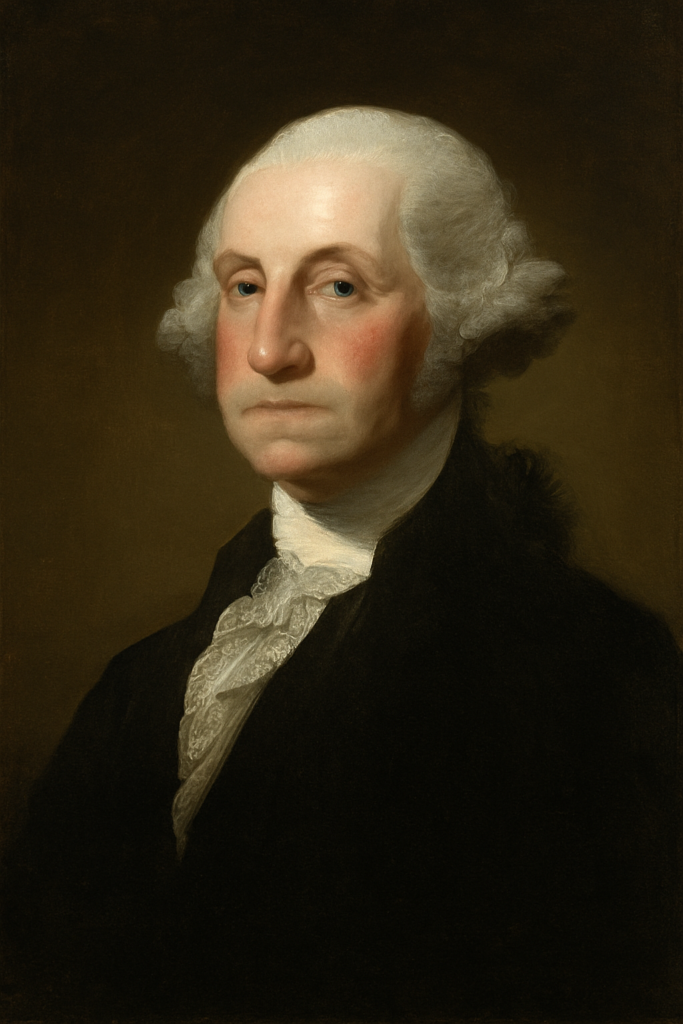
Introduction: Why the Endgame Matters
In every conflict, negotiation, or career pursuit, beginnings often get all the attention. People spend endless hours planning how to start, how to launch, how to strike first. But true mastery lies not in starting well—it lies in ending well. The most powerful leaders, entrepreneurs, and military strategists understand that the way you close a campaign, deal, or relationship often determines whether it’s remembered as a triumph or a disaster.
Without a clear endgame, victories dissolve, alliances sour, and opportunities slip away. Knowing when and how to end things is not weakness—it’s wisdom.
Why Failing to End Properly Leads to Defeat
When people win, they often keep pushing, unable to let go. This mistake can undo everything they gained. Overextension turns victories into liabilities.
- In politics: Leaders who do not know when to step aside often tarnish their legacy.
- In war: Commanders who press too far exhaust their armies and invite counterattacks.
- In business: Companies that do not pivot or gracefully exit a failing strategy waste resources and collapse.
The lack of a graceful ending breeds resentment, fuels enemies, and makes success short-lived.
George Washington’s Exit Strategy

George Washington’s greatness did not come only from battlefield victories—it came from how he ended his wars and, later, his political career.
After leading the Continental Army to victory in the American Revolution, Washington did something unprecedented: he stepped down from power instead of clinging to it. Many expected him to become a dictator or king. Instead, he returned to private life, showing restraint that strengthened the republic.
Years later, after two terms as the first President of the United States, Washington again walked away, voluntarily leaving office. By exiting at the right time, he cemented his legacy as a leader who valued principle over power. His example set the standard for presidential transitions and gave his nation stability.
Washington’s exit strategy was his greatest strategy—it ensured his victories lasted beyond his lifetime.
Modern Example: Netflix’s Pivot
In business, the smartest companies know when to end old models before they become traps. Netflix began as a DVD rental service. At its peak, it could have stayed comfortable, but leaders recognized that physical rentals had an expiration date.
Rather than waiting for decline, Netflix ended its dependence on DVDs and pivoted aggressively into streaming. This bold exit strategy disrupted its own business model before competitors could do it. Today, it stands as a giant in global entertainment, while companies that failed to end outdated strategies (like Blockbuster) faded into history.
The Psychology of Endings
Why do most people fail to end things gracefully? Psychology offers the answer:
- Ego Attachment – People tie their identity to their victories and cannot let go.
- Fear of Loss – Giving up feels like failure, even if it protects the bigger picture.
- Greed for More – The desire to press on makes people overextend beyond their limits.
A true strategist detaches from ego, recognizes the value of timing, and embraces the discipline of closure.
Practical Applications: Building Your Own Exit Strategy
1. Define Success Before You Begin
Before starting a project, deal, or negotiation, decide what success will look like. Once achieved, resist the urge to keep pushing.
2. Know When to Walk Away
If a situation no longer serves your bigger purpose, exit while you still control the narrative. Staying too long hands power to others.
3. Create Win-Win Endings
Whenever possible, leave situations in a way that benefits both sides. A bitter exit creates lasting enemies.
4. Protect Your Legacy
Think long-term. Exiting gracefully often preserves reputation, trust, and influence more than a drawn-out fight.
Signs It is Time to End
- Opportunities plateau and progress stalls.
- Enemies grow stronger the longer you remain engaged.
- Your original mission is achieved, but you keep pushing for more.
- The cost outweighs the reward, draining resources, energy, or goodwill.
If these signals appear, it is time to craft an exit before circumstances force one upon you.
Why This Strategy is More Relevant Than Ever
In a world of endless competition, information overload, and constant change, clinging to the past is the surest way to fail. Whether it’s a business model, a toxic relationship, or a career path that no longer inspires you, strength comes from knowing when to step back and move on.
The best leaders do not just start strong—they finish wisely.
Endings Define Legacies
A brilliant beginning excites people. A strong middle sustains momentum. But it is the ending that defines the story. Those who lack a withdrawal plan risk undoing their achievements. Those who master the art of closure ensure their victories endure.
Knowing how to end is knowing how to win twice: once in the moment, and once in history’s memory.
